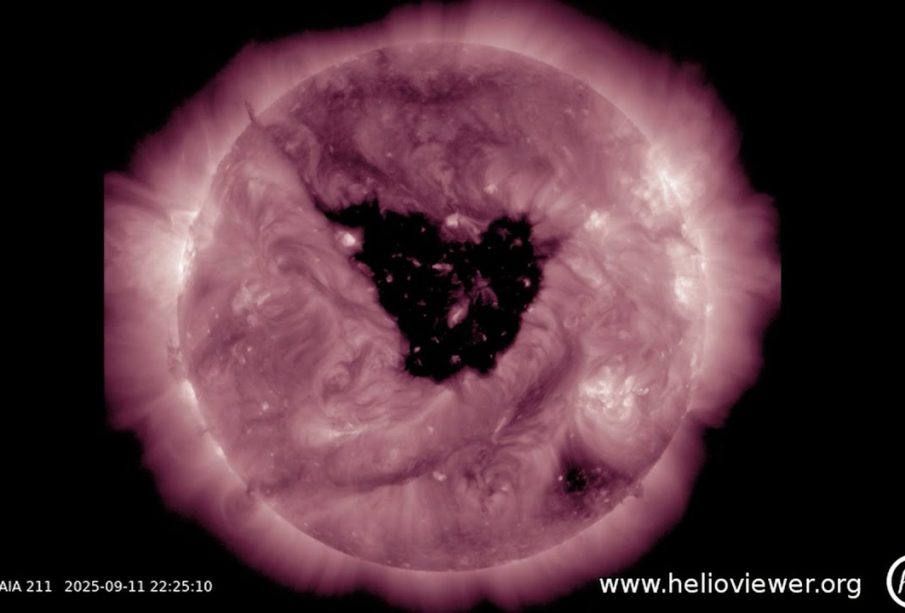Exploring the Butterfly Shaped Hole on the Sun

Introduction
The recent observation of a butterfly shaped hole on the sun has captured the attention of both scientists and space enthusiasts alike. This phenomenon, known as a coronal hole, represents an area where the sun’s magnetic field opens up and allows solar winds to escape. Understanding these holes is crucial as they play a significant role in solar activity and its impact on space weather, which can affect satellite communications and power grids on Earth.
What is a Coronal Hole?
Coronal holes are regions of the sun’s corona that appear darker than their surroundings in ultraviolet and X-ray images. These areas are associated with lower temperatures and densities. The butterfly shaped hole observed recently has been particularly interesting due to its distinct shape, leading to extensive studies about its formation and the implications of its solar winds.
Recent Observations
The butterfly shaped hole was first identified by NASA’s Solar Dynamics Observatory (SDO), which continuously monitors the sun. Researchers noted that the hole could produce high-speed solar winds, which could reach velocities of up to 700 kilometres per second. This could potentially lead to enhanced geomagnetic storms on Earth as the winds interact with our planet’s magnetic field.
Impact on Earth and Beyond
Solar activity, including coronal holes, can have significant effects on Earth’s environment. For example, when high-speed solar wind streams collide with Earth’s magnetosphere, they can create stunning auroras but can also disrupt satellite operations, navigation systems, and even electrical grids. Understanding the patterns and implications of such holes becomes increasingly important as society becomes more reliant on technology that is vulnerable to space weather.
Conclusion
The discovery of the butterfly shaped hole on the sun is not just a fascinating astronomical event; it serves as a reminder of the dynamic nature of our sun and its influence on the solar system. Ongoing observations and research will continue to unravel the mysteries of these coronal holes and their significance in predicting space weather, which is vital for maintaining the integrity of global communications and infrastructure. As we advance our understanding, it is evident that the sun will remain a critical subject of study in both solar physics and our overall interaction with the cosmos.









